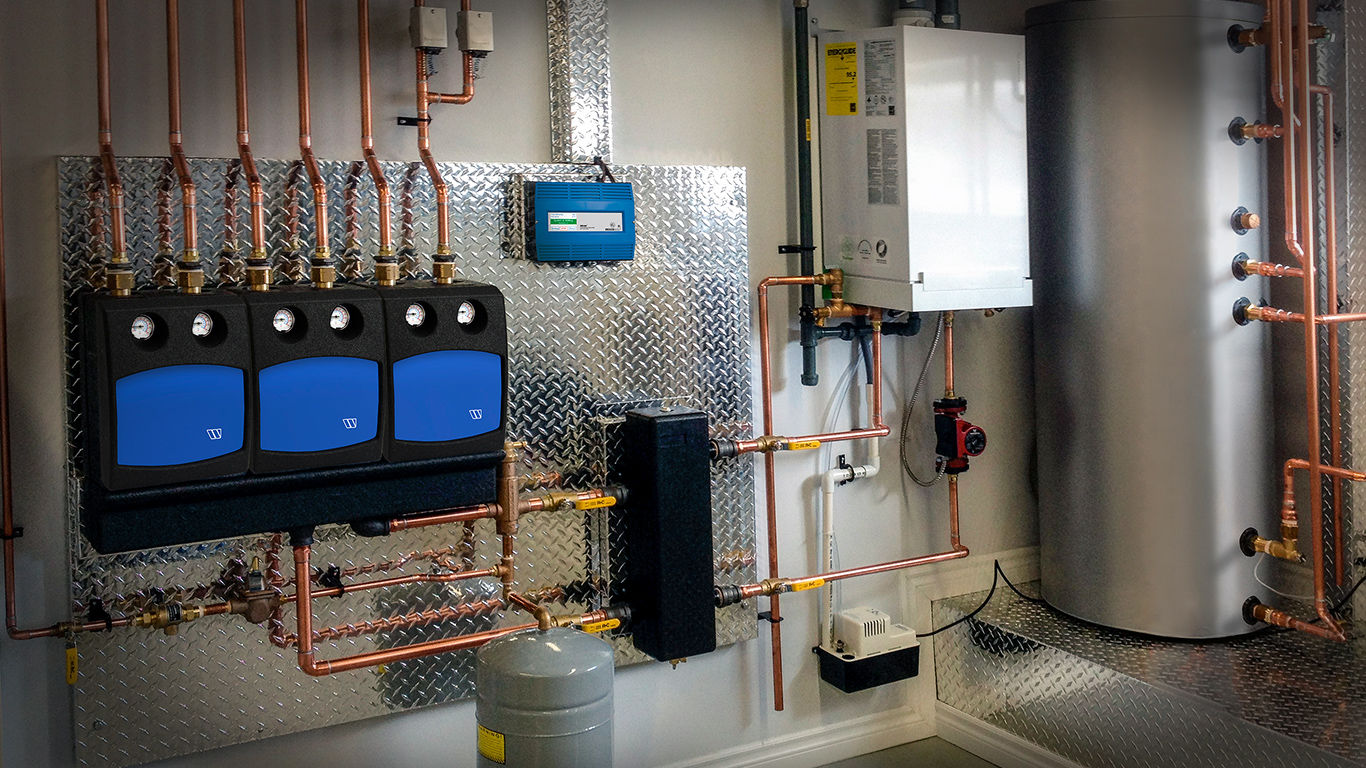The future of hydronic technology looks bright, as it has the potential to greatly improve the energy efficiency and sustainability of heating systems.
Hydronic technology, also known as hydronic heating, involves using water as the primary medium for transferring heat. This is in contrast to traditional heating systems that rely on air or other materials to transfer heat.
One of the biggest advantages of hydronic technology is its ability to provide highly efficient and consistent heating. Because water has a higher heat capacity than air, it can store and transfer heat more efficiently. This means that hydronic systems can deliver heat more evenly and at a lower temperature, which reduces energy consumption and costs.
In addition to its energy efficiency, hydronic technology is also highly sustainable. Water is a renewable resource, and hydronic systems can be easily integrated with renewable energy sources such as solar panels or geothermal heat pumps. This allows for a more sustainable and eco-friendly heating solution.
Another advantage of hydronic technology is its versatility. It can be used in a wide range of heating applications, including residential, commercial, and industrial settings. It can also be easily integrated with other building systems, such as radiant floor heating, snow melt systems, and domestic hot water systems.
One of the main challenges facing the adoption of hydronic technology is the initial cost. Hydronic systems tend to be more expensive to install than traditional heating systems, which can be a barrier for some consumers. However, the long-term cost savings and increased energy efficiency of hydronic systems can make them a worthwhile investment.
In the future, we can expect to see more widespread adoption of hydronic technology as awareness of its benefits grows and cost-effective solutions become available. Advances in technology and materials will also likely lead to the development of more efficient and cost-effective hydronic systems.
Additionally, the increasing focus on sustainability and renewable energy will likely drive the growth of hydronic technology. As concerns about climate change and the environment continue to rise, more and more people will be looking for eco-friendly heating solutions. Hydronic systems, with their ability to be easily integrated with renewable energy sources, will be well-positioned to meet this demand.
Overall, the future of hydronic technology looks promising. Its ability to provide efficient, consistent, and sustainable heating makes it a compelling option for a wide range of applications. As awareness of its benefits grows and costs come down, we can expect to see more widespread adoption of this technology in the future.










